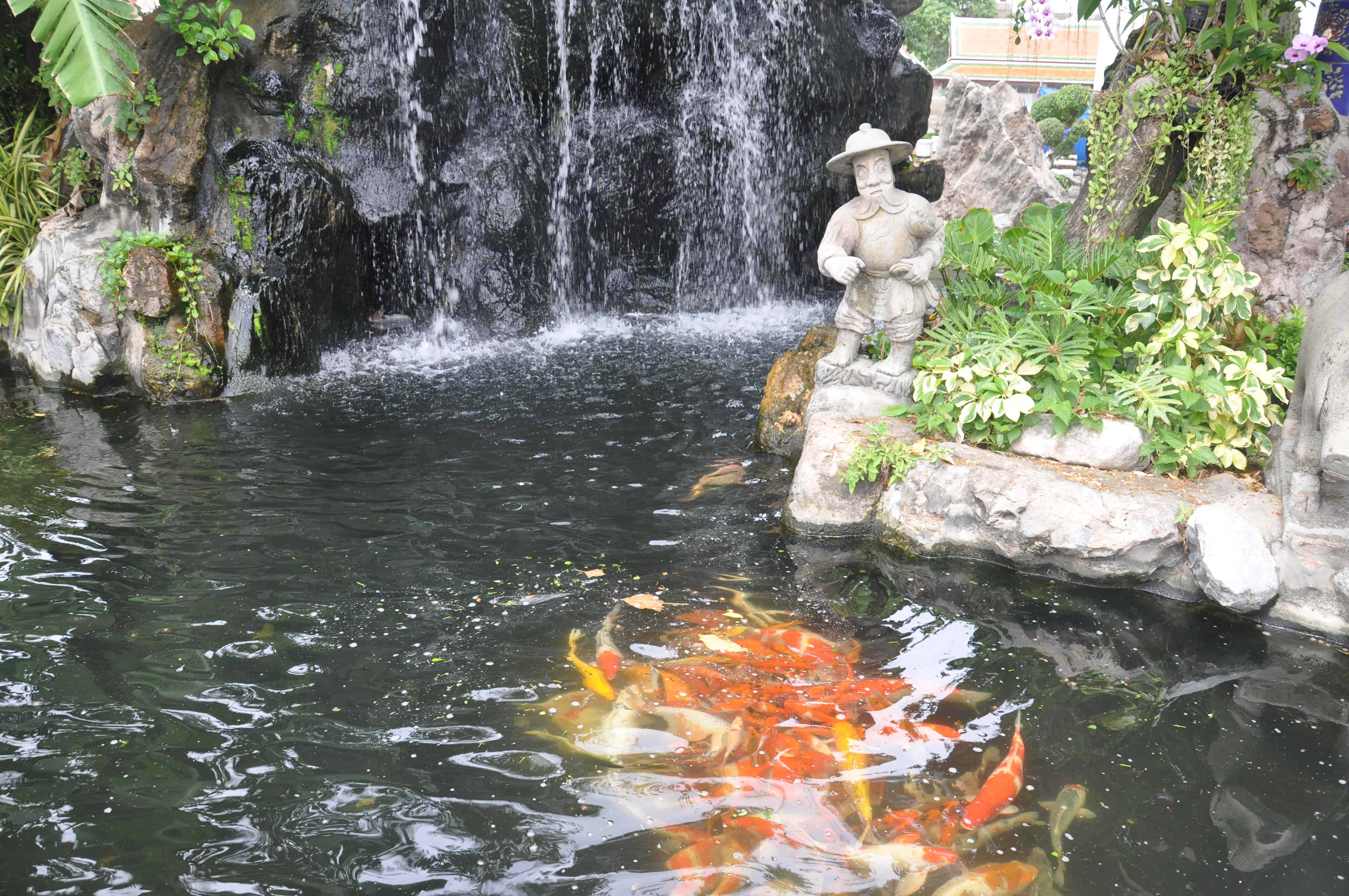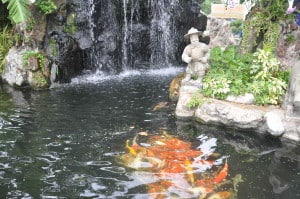Specific environmental factors such as intense sunlight, warm temperatures, and the accumulation of organic waste, can all influence the health and aesthetic value of a pond. In order to ensure that your pond remains a healthy place for the inhabitants to thrive in, regular cleaning and maintenance are necessary. Your pond’s maintenance will highly depend on how you want your pond to look and the nutrient load it can handle.
The nutrient load in the pond is a result of fish waste, respiration, and decaying organic matter. Other sources include fish food, leaves, mulch run-off, and even fertilizer. Excess nutrients in fish ponds result in many problems that affect water quality. Keeping the nutrient load under control can be done with simple pond maintenance tips.
• The pond pump should be cleaned at least once a month. Before inspecting the pump, make sure to always unplug it. Read and understand the pond pump user guide to enable you to properly inspect and clean the pump. A well-maintained pond pump will serve its purpose well for a long time.
• Water plants should be trimmed and split. Remove leaves that are brown or yellowing for these will decay in your pond, attracting aphids, spider mites, and other bugs. Flower buds past their bloom should be removed to extend the blossoming period of the plant. If your aquatic plants have become overcrowded or root bound, you can split them up to optimize the nutrients they help eliminate from the water.
• Filter material should be cleaned out. Filter material functions to trap or suspend particles in the pond like dead algae and fish waste. It also provides a considerable amount of surface area for colonization of beneficial bacteria that can help promote water quality. To protect the beneficial bacteria, use pond water to rinse the filter pads, since tap water can kill them. Filter material should be replaced when you can easily pull it apart. Beneficial bacteria can also be added to your fish pond every week or so.
• A 5-10 percent water change must be done regularly. This involves removing approximately 5-10% of the total volume of pond water and adding the same amount in fresh clean water. Make sure to add water treatment and conditioning products to remove chlorine and chloramines. Periodic water changes can help remove water pollutants and dilute what remains in the pond water.
• To remove debris off the rocks, use a high-pressure nozzle on your hose. You can also use a power washer. When scrubbing algae from the rock, don’t try to remove all of them for some algae will prove beneficial in maintaining the balance of the pond’s ecosystem.
• When washing gravel out of the rocks, use water directly out of the hose. Keep the pond pump plugged while you are washing off. Start by cleaning the top point of your pond, and working your way down to the pond’s lowest point.
Pond maintenance is best done every other week to promote excellent water quality and provide a great environment for your fish to thrive in.



Related Posts
A Deeper Look In To Loach Fish Species
How Much Salt Should I Add To My Freshwater Aquarium
Everything You Need To Know About Using T5 Lights For Your Aquarium